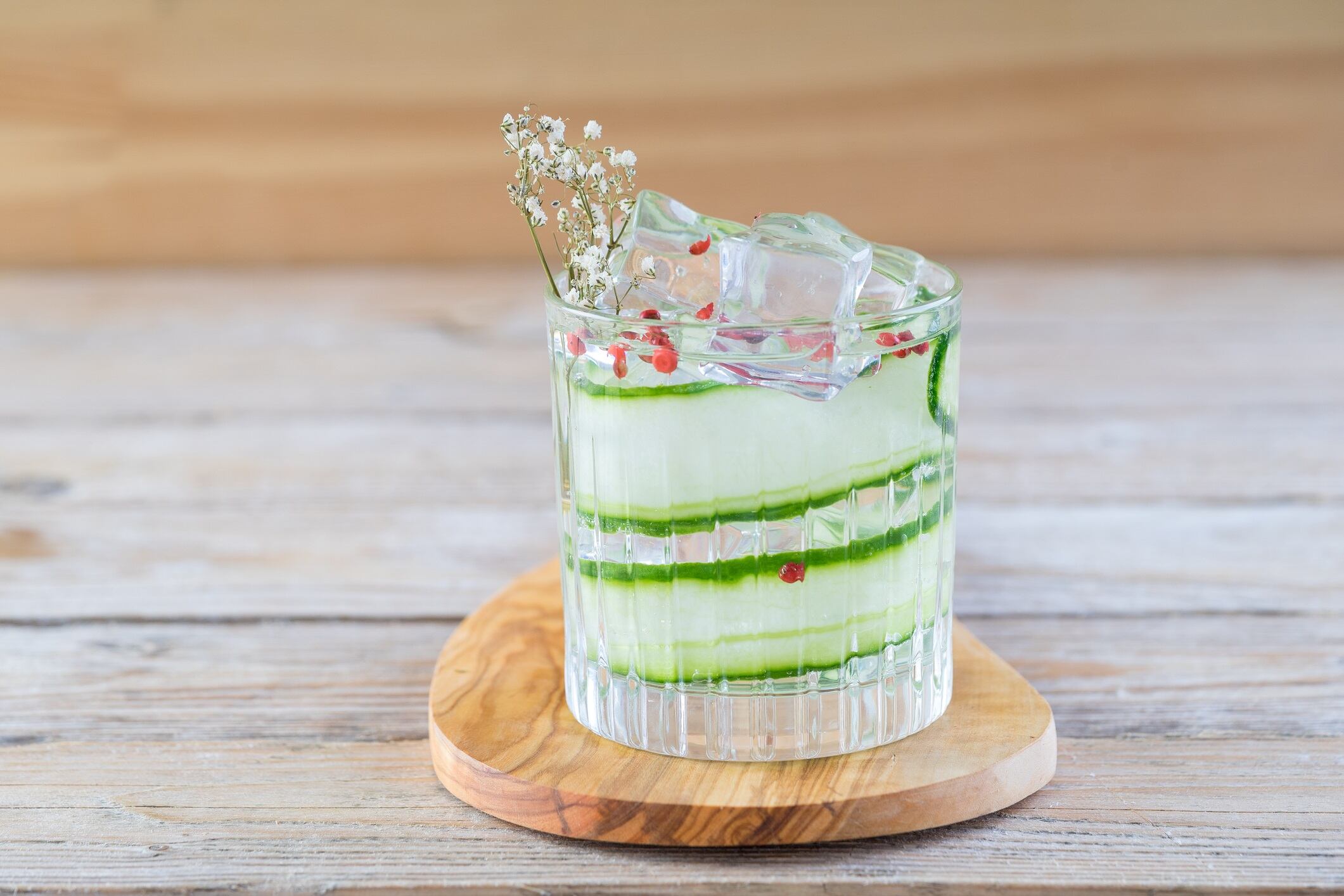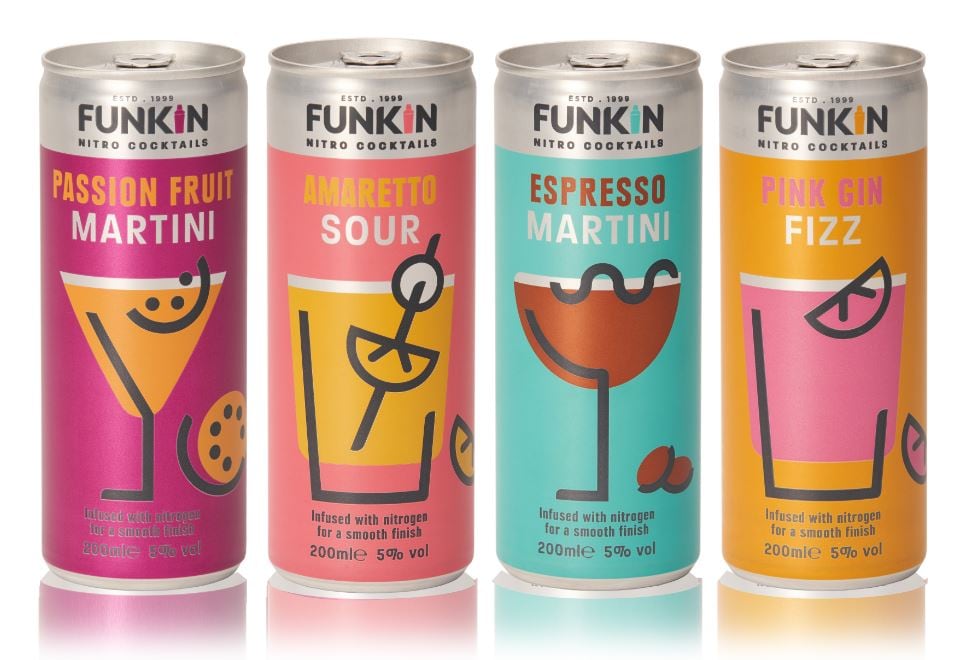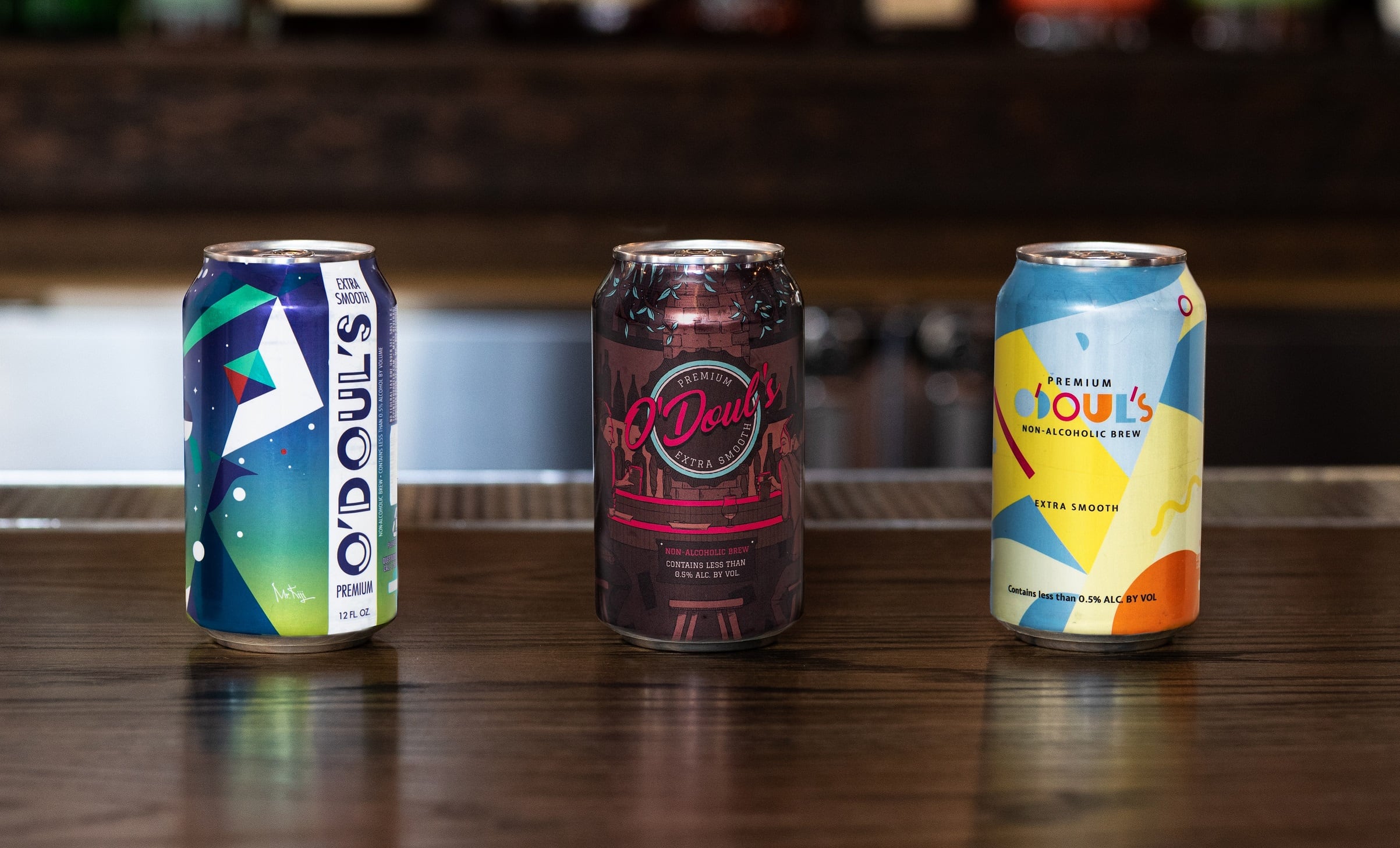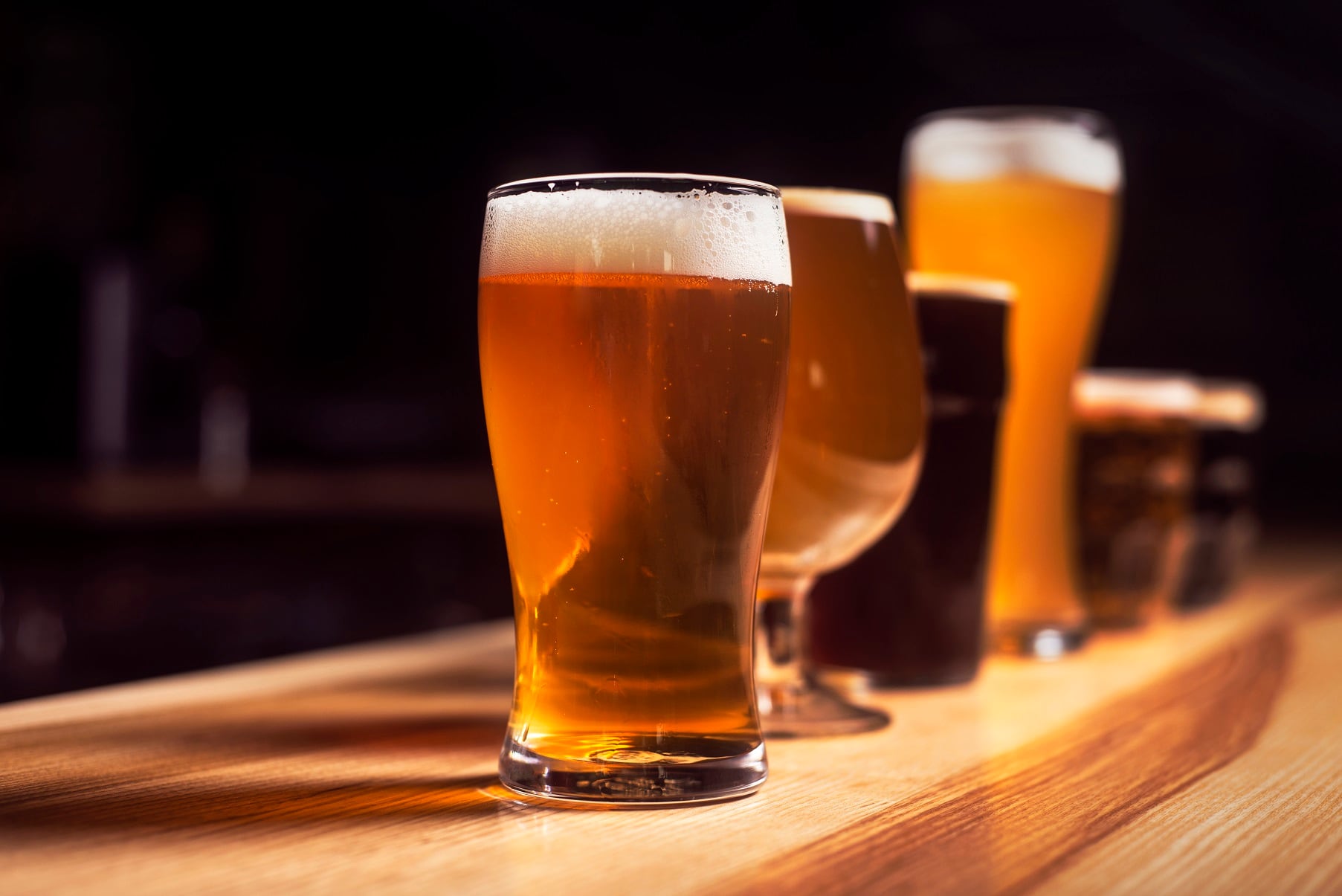Alcohol consumption is declining. But while this could be expected to lead to parallel declines in the mixer category, this is far from the case, according to UK manufacturer Fentimans. The company, which has been producing natural botanically brewed drinks for more than 100 years, sees premium mixers play a key role in no and low alcohol cocktails and drinks.
In the same way, premium soft drinks have the chance to appeal to consumers who want a premium, non-alcoholic product.
Cutting alcohol, but not flavor
With consumers demanding higher-quality spirits, mixers too have followed the premiumization trend. Mixers offer a way to add new flavors to a classic serve.
“One factor in the rise of premium mixers is flavoured offerings: the advantage to consumers is that they are able to stay loyal to their favourite premium spirits and experiment with new flavour profiles,” says Fentimans.
“Grapefruit, orange and rhubarb flavoured tonics have all seen a recent surge in popularity, and as well as pairing well with a breadth of gins, they work equally well when mixed with vodka and other spirits.”
And mixers have an equally important role in low and no alcohol drinks and cocktails, says the company.
“Interestingly, the rise of low ABV and non-alcoholic drinks is also boosting the premium mixer market. Although demand for tonics to be consumed on their own is still relatively low, their use in low and no-alcohol drinks is becoming more common.
“A trend that is currently gaining momentum is using tonics in ‘Spritz’ style drinks. As consumers seek new alternatives to the G&T, lower alcohol aperitifs such as Campari or aromatised wines such as Lillet are becoming more widespread.
“The popularity of the wine-based cocktail concept is creating a new early evening drinking occasion that brands and operators can capitalise on, as consumers feel more comfortable with the lower abv drink. ‘Spritz’ is being driven by a number of factors, including the lower ABV and the emerging health agenda. There is no sign of the craze waning and tonic waters are playing a large role in their popularity.”
The low ABV trend has brings with it an opportunity for soft drinks to up their game.
“One in eight (12%) consumers now say they don’t drink alcohol — an increase of four percentage points in just two years — and the number is even higher among younger generations. However, these consumers continue to visit outlets—and they are looking for an exciting and high-quality non-alcoholic offering when they do.
“They are not making these choices to be thrifty: on the contrary, they are looking for a premium up-trade to the standard cola or lemonade.
“Although we are starting to see more outlets taking their soft drinks and low and no-alcohol drinks menus more seriously, there is still significant headroom for growth, and exciting opportunities to engage better with this growing audience.
"In addition to people who are seeking an alcohol replacement, the recent boom in craft drinks has created a new discerning premium soft drinks consumer, who expects differentiated flavour experiences and premium quality options above and beyond ordinary carbonated drinks.
"While provenance, artisanal credentials, heritage and quality of ingredients are all important, for the majority of people, it’s flavour that tops the list time and time again as the number one consumer preference driver.”
Sugar shift
As well as reducing alcohol intake, consumers are looking to cut sugar consumption. It has long been a hot topic for the beverage industry, but the introduction of the UK’s Soft Drinks Industry Levy last year has exacerbated the significance of cutting sugar.
“While it is perhaps easier to see the impact of sugar across supermarket shelves, it has undoubtedly made a stir in the licensed channel too. There remains a large proportion of consumers who seek out flavour and taste without too much concern about sugar levels, but a growing number of consumers are looking for a great tasting quality product with fewer calories.
“Despite being calorie conscious, these consumers still consider a drinking or eating out occasion as a treat, and continue to seek great taste and flavour at the same time. Therefore, it’s safe to say that products that compromise flavour to reduce calories significantly risk reducing their appeal. On the flip side, a great tasting low-calorie drink can significantly increase consumption frequency and in turn drive sales."
The answer is to appeal to both groups of consumers with a wide range of products, says Fentimans.
“Getting this balance right within the soft drinks offering is a fine balance, and it is imperative that the needs of both types of consumer are met within a comprehensive soft drinks offering. As consumer expectations rise in relation to the breadth of premium soft drinks on offer, operators can face challenges in space and ranging.
"One way venues can make their fridge space work harder is by selecting versatile soft drinks that can fill more than one role— perhaps as a mixer or a cocktail ingredient as well as a standalone choice.”
Fentimans takes a look at the trends, challenges and future opportunities for the category in its UK On-Trade Premium Soft Drinks and Mixers Market Report 2019.




